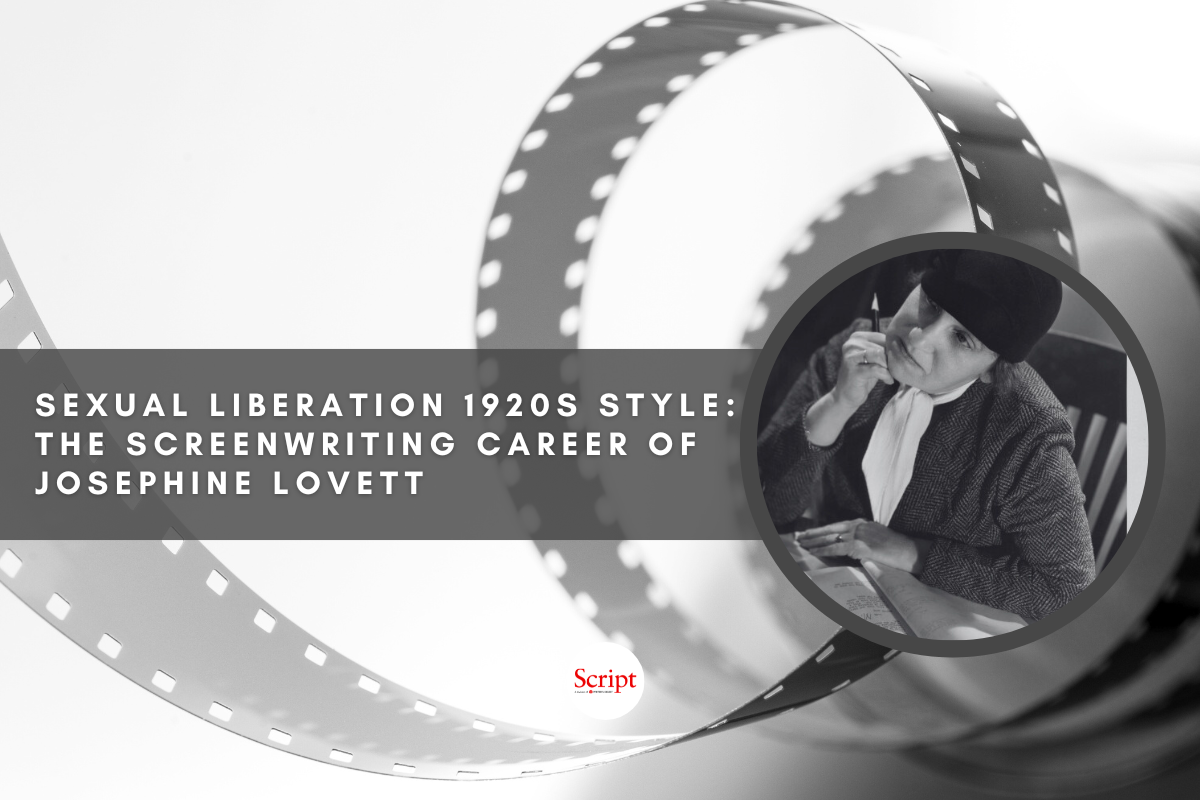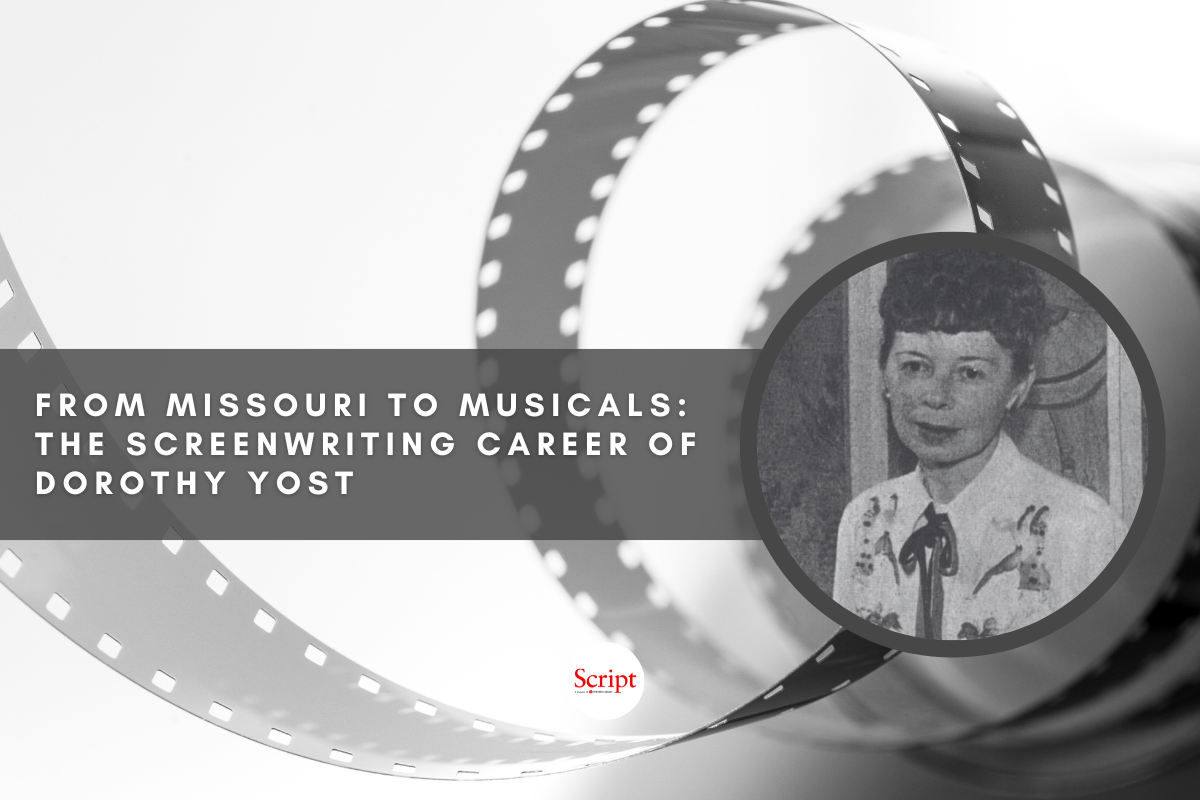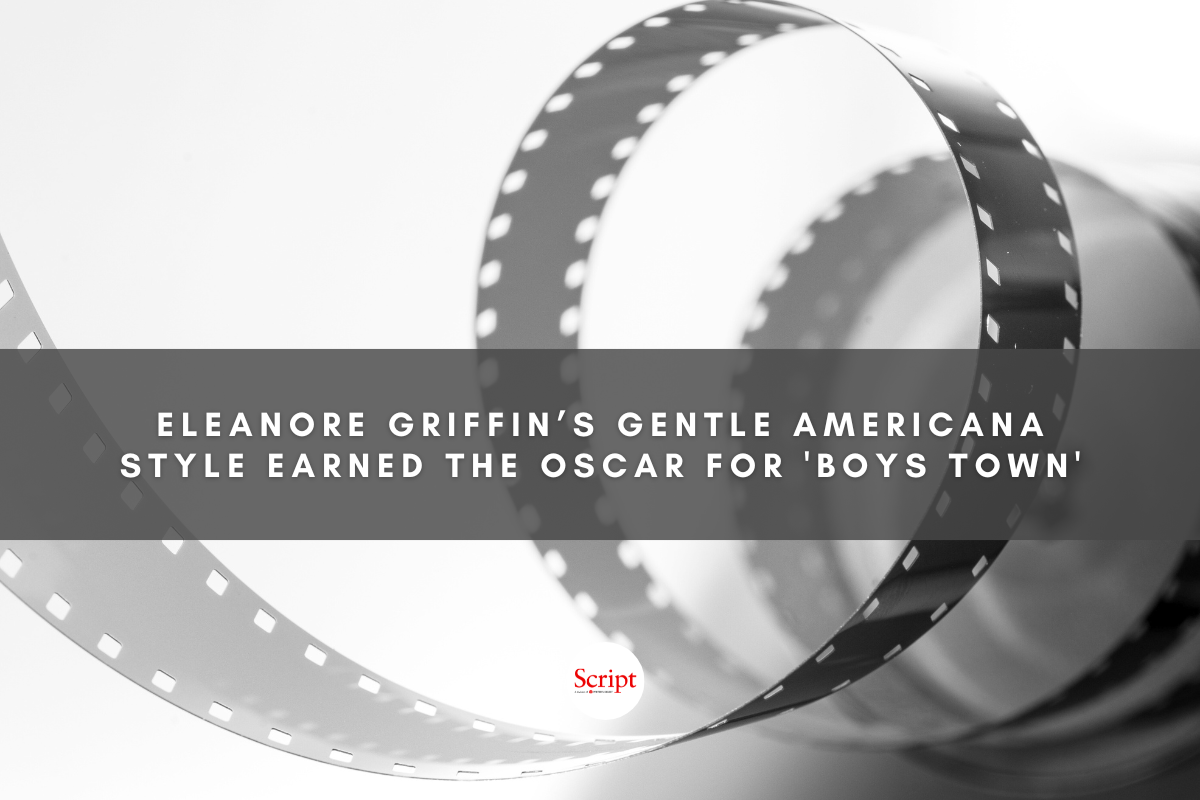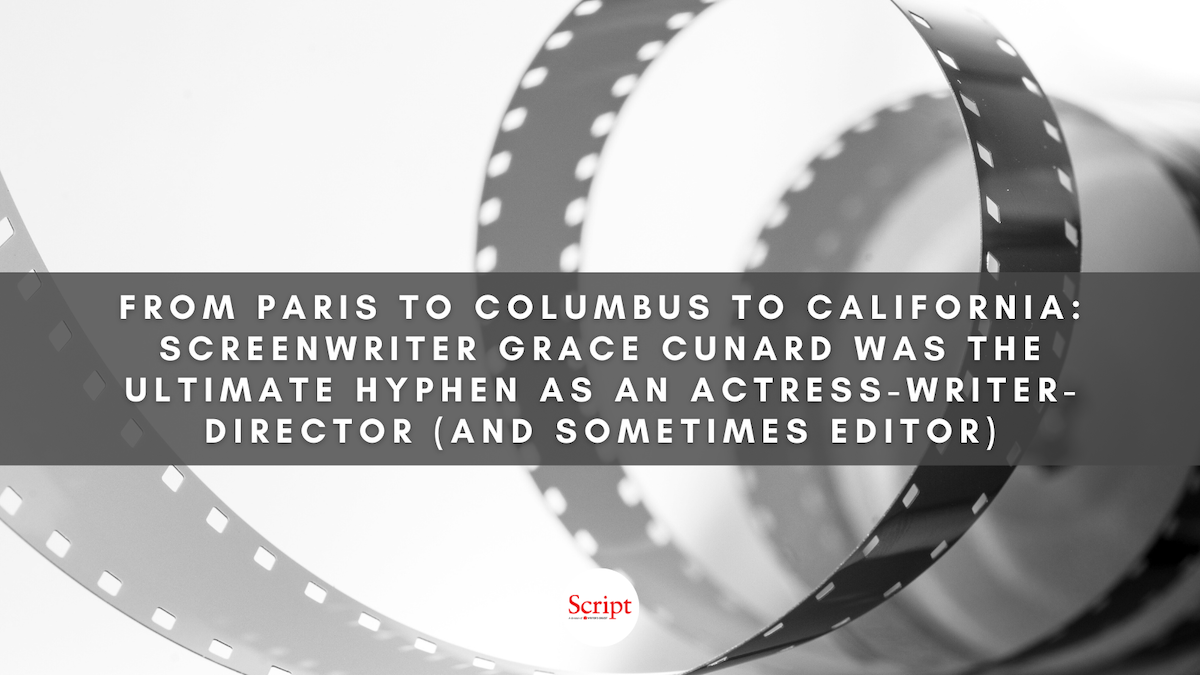Focused on Sin and Redemption Before the Hays Code: The Screenwriting Career of Alice D.G. Miller
Dr. Rosanne Welch celebrates the female screenwriters who came before us with this month’s spotlight on trailblazer screenwriter Alice D.G. Miller.
The first thing you need to know about Alice Dorothea Georgianna Miller is that she is NOT the daughter of famed feminist novelist and poet Alice Duer Miller, even though IMDb says she is. Alice Duer Miller, whose writing influenced the politics of her day, was born to a rich family in Staten Island in 1874 and died in New Jersey in 1942. Alice D. G. Miller was born in Milwaukee, Wisconsin in 1894 to parents who divorced early. In 1919 her mother moved to Hollywood with Alice (aged 24) and her brother in tow.
Miller entered the entertainment industry as a secretary and quickly began submitting story ideas that involved tangled webs of love. In 1922, Fourteenth Lover became her first to reach the screen. The provocative story is of a rich young woman with 14 suitors whose promiscuity frightens her father. He sends her to live in the country where she falls in love with the gardener who she marries despite her father’s displeasure.
In 1923, the Samuel Goldwyn company hired her instead to adapt the Edward Rose play Red Lights with Carey Wilson. This detective story set on a train was edited by June Mathis as women did many crafts in early Hollywood. By 1925, Miller returned to writing full-length scenarios for rom-coms such as Cheaper to Marry and Pretty Ladies, co-written with Adela Rogers St. Johns. Her stories captured audiences such that for the box office hit romance Valencia (1926), the title song also became the year’s most popular. By 1927, major stars began to appear in her films. In The Devil Dancer, Anna May Wong portrayed a native dancer who is the obsession of an English explorer in her land. In Man, Woman, and Sin John Gilbert starred as a reporter who falls in love with the society page reporter only to learn she is also the owner’s mistress.
In 1929, her adaptation skills came in handy to tackle the latest Thornton Wilder novel The Bridge of San Luis Rey. Alice co-wrote the first film version (there would be 3 more) with Marian Ainslee and Ruth Cummings (look for future columns on their careers in the coming year). The story of a priest researching the random fate of five unrelated people who fall to their deaths when a bridge breaks earned one Oscar for Best Art Direction for Cedric Gibbons at the 1930 Academy Awards.
Unlike some writers who began in silent film, Miller transitioned to Talkies but stayed in the genre of complicated comic-romances. The Keyhole (1933) involved a woman with two husbands who is frantically trying to divorce one of them on a trip to Havana and Disgraced, where a model in a love affair discovers a murder plot that could ruin everything. For the Jeanette MacDonald and Nelson Eddy musical film Rose-Marie (1936) joined the married writing team of Frances Goodrich and Albert Hackett.
Miller’s career began to slow as WWII arrived with only two films in the later 1930s and then she joined the Women’s Army Corps to aid the war effort. After the war Tangier became her final film, written for Maria Montez to portray a Spanish dancer helping to hunt escaped Nazis in North Africa. There is no explanation for why Miller retired except she was in her late 50s by then and it became the norm for people to do so. Miller died in 1985 while living at the Motion Picture and Television Fund’s Woodland Hills community for aging entertainment professionals, founded by Mary Pickford and other early film producers in 1921.
If you’d like to learn more about the history of women of women in screenwriting, and about the craft of screenwriting while earning your MFA from your own home, our low residency Stephens College MFA in TV and Screenwriting is currently accepting applications https://stephens.edu/program/master-of-fine-arts-in-tv-screenwriting/
Dr. Rosanne Welch, Executive Director of the Stephens College MFA in TV and Screenwriting, has television credits including Beverly Hills 90210, Picket Fences, ABC News/Nightline and Touched by an Angel. Her award-winning publications include When Women Wrote Hollywood and Women in American History (on the ALA list of 2017’s Best Historical Materials). Welch is Book Reviews editor for Journal of Screenwriting; on the Editorial Boards of Written By magazine and California History Journal and gave a 2016 TEDxCPP talk: “The Importance of Having a Female Voice in the Room”.
Find Dr. Rosanne Welch online: Instagram @drrosannewelch | YouTube DrRosanneWelch | Stephens College MFA Twitter @mfascreenwriter







